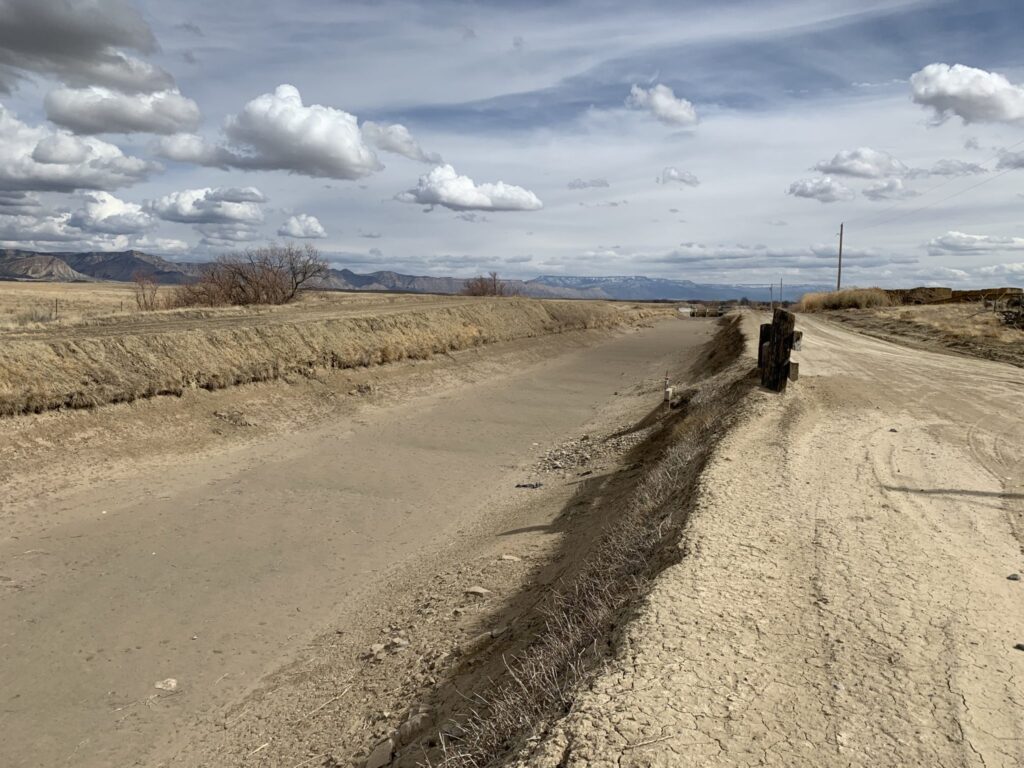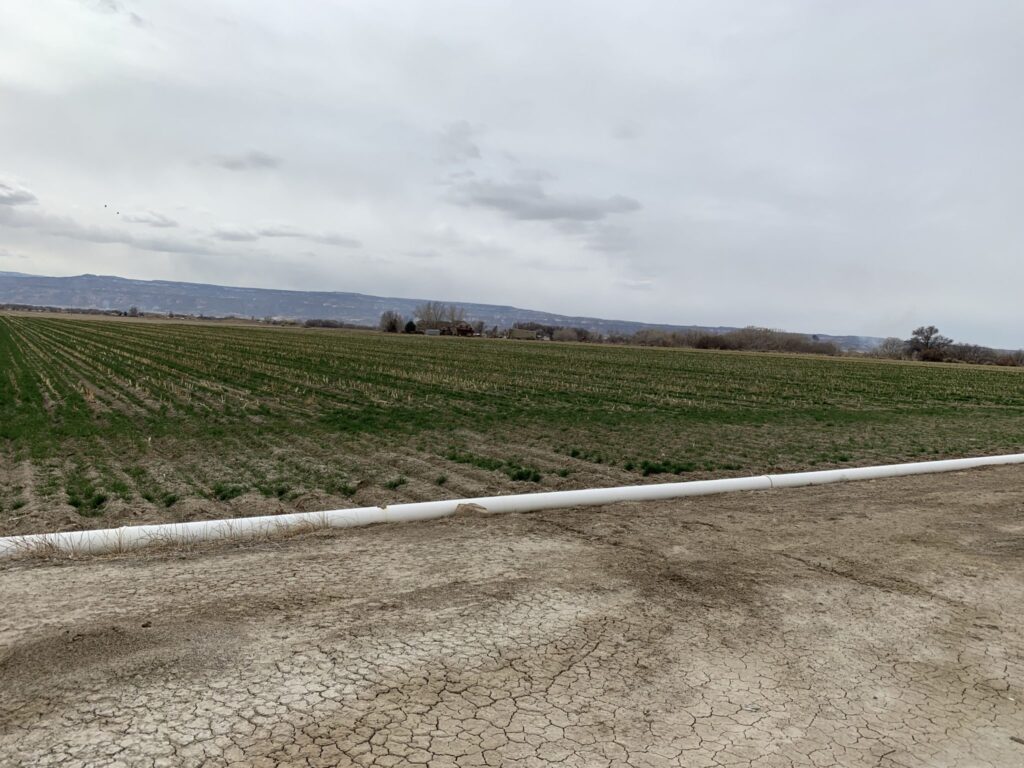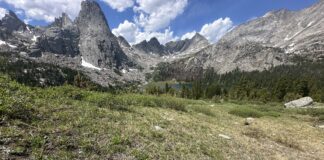
LAKEWOOD — State workgroups charged with making sense of a program to add water to a savings account in Lake Powell have begun narrowing down the complicated questions such a program would have to grapple with.
But some state officials worry that a Western Slope group is going its own way, possibly undermining the state process.
Water managers and experts from around the state met for two days in early March to compare notes on their current investigation of the feasibility of a voluntary, temporary and compensated water-use-reduction program, known as demand management.
The workshop brought together many of the participants who sit on the eight workgroups created by the state to explore different aspects of a demand-management program: law and policy; monitoring and verification; water-rights administration and accounting; environmental considerations; economic considerations and local government; funding; education and outreach; and agricultural impacts.
At the heart of a demand-management program is a reduction in water use in an effort to send up to 500,000 acre-feet of water downstream to Lake Powell to bolster levels in the giant reservoir and meet 1922 Colorado River Compact obligations. Under such a program, agricultural-water users could get paid to temporarily fallow fields and leave more water in the river.
Russell George, a former Colorado lawmaker and chair of the Interbasin Compact Committee who helped create the state’s basin roundtables, rallied participants and acknowledged that tackling demand management was a hugely ambitious and thorny project.
“It’s time for this and here we are, to wrestle to the ground this monster that just does not want to give,” he said.
The Colorado Water Conservation Board is heading up the investigation into demand management and is about nine months into the process. Workgroups have met two or three times so far, and many have acknowledged the chicken-or-egg dilemma in front of them.
“It’s like going on vacation, but we don’t know if we even want to go on vacation or where we are going or who’s going with us,” said CWCB Interstate and Federal Manager Amy Ostdiek.
Some groups say they can’t complete their work because they need the input of other groups to inform their work. Some want to know what the alternative to demand management — shutting off water rights in the event of a compact call, known as curtailment — would look like before they commit to creating a water-use-reduction program.
Under the terms of the Colorado River Compact, the Upper Basin states (Colorado, Wyoming, New Mexico and Utah) are required to deliver 75 million acre-feet over 10 years to the Lower Basin states (Arizona, Nevada and California). If the Upper Basin fails to deliver the water, the Lower Basin could make a “compact call,” triggering cutbacks — something water managers want desperately to avoid.

Equity
Equity is one topic that demand-management discussions keep turning to again and again. Some Western Slope water users fear that their ranches and fields will be ground zero for a water-use-reduction program. And with temporarily dry fields comes the potential for secondary negative economic impacts to agricultural communities.
“The other side of the fairness coin is mistrust,” George said.
But members of the agricultural-impacts workgroup pointed out that equity means equity of opportunity, not just shared burden. Some irrigators may welcome payment for their water.
“There are many people in ag that don’t want others being too quick to take away potentially profitable opportunities for their farm or ranch,” said Mark Harris, general manager of the Grand Valley Water Users Association. “If demand management can be considered a different kind of crop, farmers and ranchers will consider it because they have an economic incentive. Farmers and ranchers are not dead-set against it.”
But for all the uncertainty still out there, workgroups have begun to narrow the focus of their work down to “threshold” issues, some of which overlap among the eight workgroups.
The two-day workshop concluded with a group exercise that found the following issues to be the most important for those who could be crafting Colorado’s demand-management program: simplicity of monitoring; state-wide resiliency; environmental impacts and benefits; agriculture viability; and shared responsibility.
Some said it was time to stop talking and start acting. According to a real-time text poll, 57% of the workshop participants said the demand-management feasibility investigation was moving too slowly.
“It’s time to take the next step and start doing some pilot projects,” said Barbara Biggs, general manager of Roxborough Water and Sanitation District. “We can’t answer questions sitting around a room talking about it.”

River District study
A week after the state-led demand-management workshop, Colorado River Water Conservation District general manager Andy Mueller stood before the CWCB board at its regular meeting and told board members that the River District had received a grant for its own study of demand management and water marketing on the Western Slope, a move that some board members saw as subverting the state’s grassroots process.
“All the conversations we had in this room for two straight days and to preempt that discussion, that bothers me somewhat because I think we are getting out in front as a river district,” said Gail Schwartz, a former lawmaker and Basalt-based CWCB board member who represents the Colorado main stem on the board.
CWCB South Platte River Basin representative Jim Yahn agreed.
“We have to be careful because it could be somewhat confusing,” he said. “We want to project this unified front. We are looking at everything we can, but we want to be on this path together.”
Mueller said the study, which will be funded in part by a $315,721 WaterSMART grant from the Bureau of Reclamation, is meant not to compete with the state process but, rather, to feed into it. He said the decision to undertake the study is not a result of dissatisfaction with the CWCB’s work but, rather, is based on the need to fulfill the River District’s mission.
“We think our district has an obligation to the water users in the communities within our district to make sure that the water supply within our district and for water users in our district is adequate for all our needs,” Mueller said. “(The CWCB) is not the only governing body that has the right and obligation to be involved with demand management; the River District shares that obligation.”
The mission of the River District, which represents 15 Western Slope counties, is to protect, conserve, use and develop water in the Colorado River Basin. Mueller said the study is meant to come up with policy recommendations for the state if and when it develops a demand-management program.
Still, the move had echoes of a lingering and long-standing mistrust between Western Slope and Front Range water users, which George had alluded to the week before.
“There can be a perception in rural Colorado that people on the Front Range don’t have our best interest in mind,” Mueller said.
This story was originally published by Aspen Journalism on March 24, 2020.
The Water Desk’s mission is to increase the volume, depth and power of journalism connected to Western water issues. We’re an initiative of the Center for Environmental Journalism at the University of Colorado Boulder. The Water Desk launched in April 2019 with support from the Walton Family Foundation. We maintain a strict editorial firewall between our funders and our journalism. The Water Desk is seeking additional funding to build and sustain the initiative. Click here to donate.





